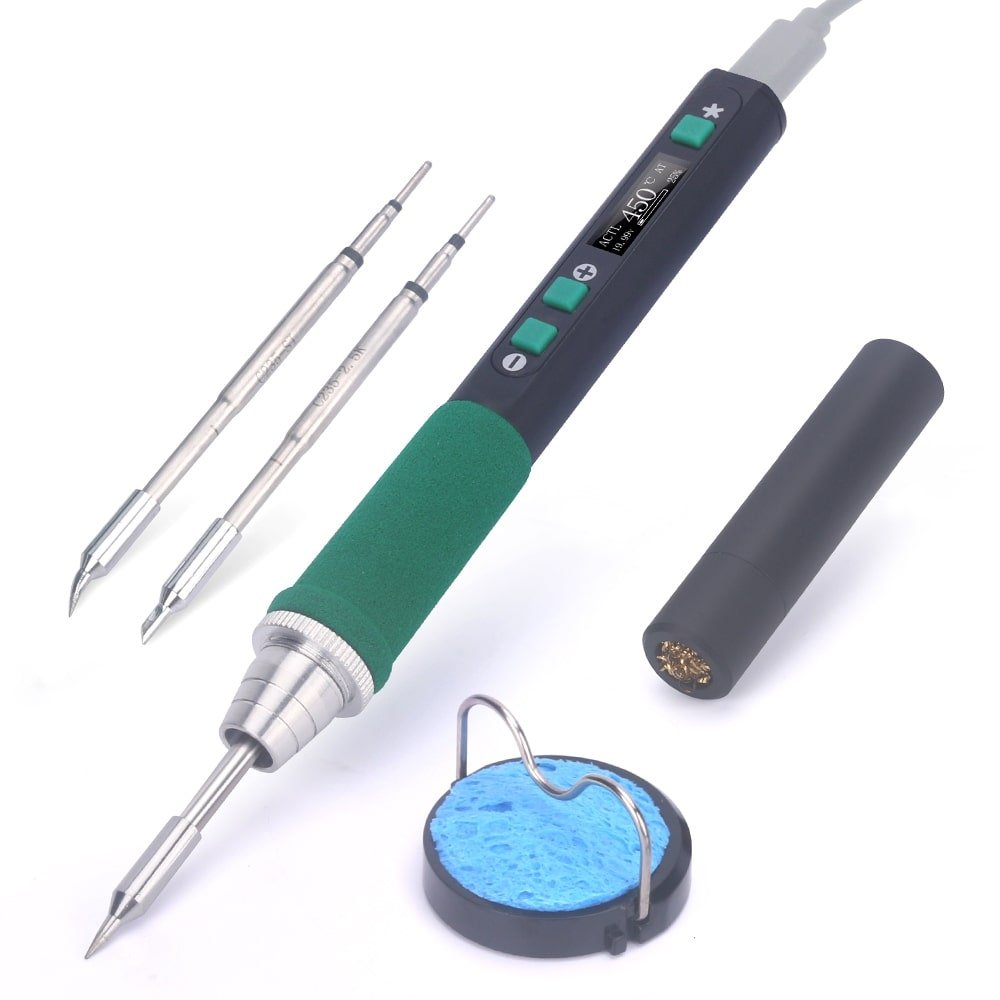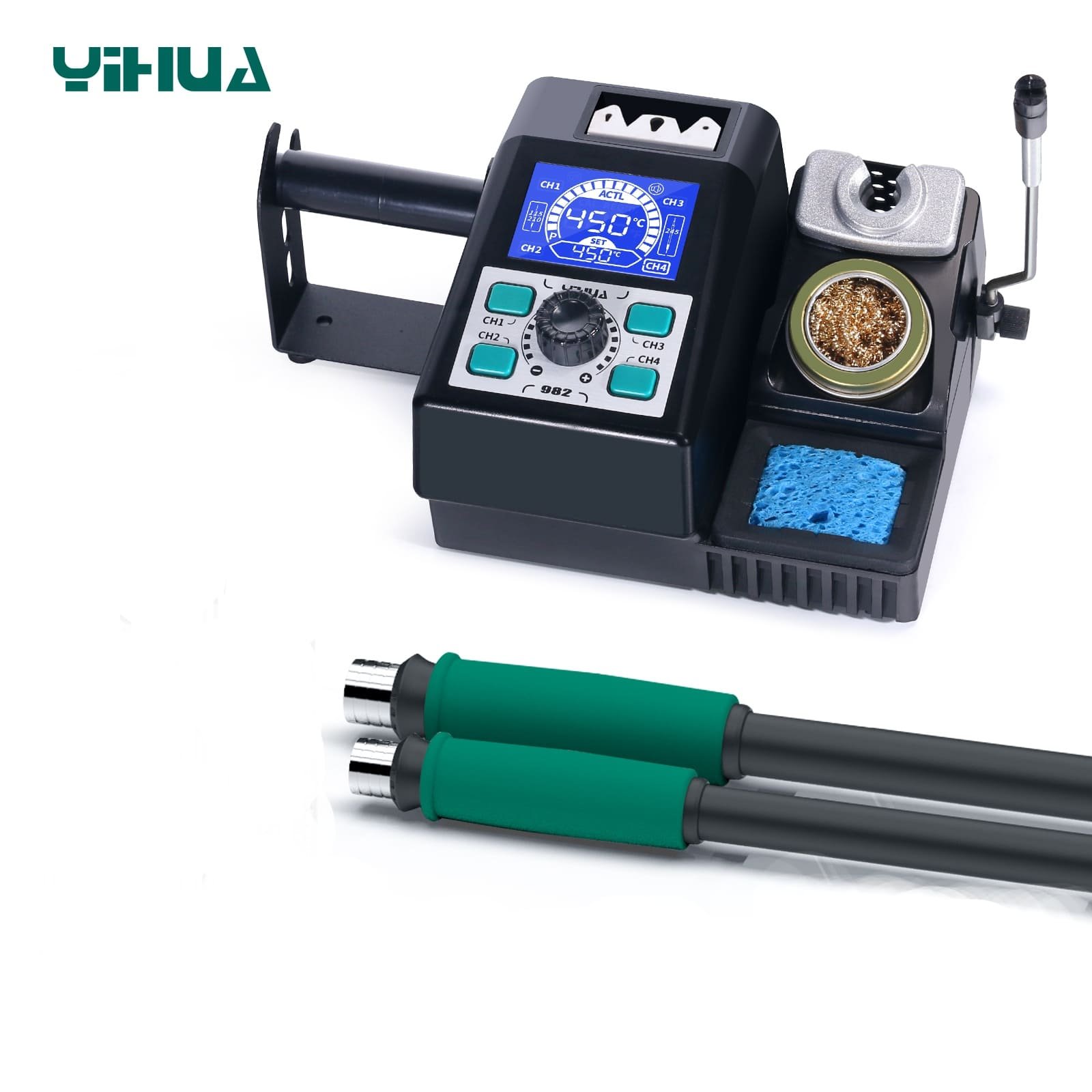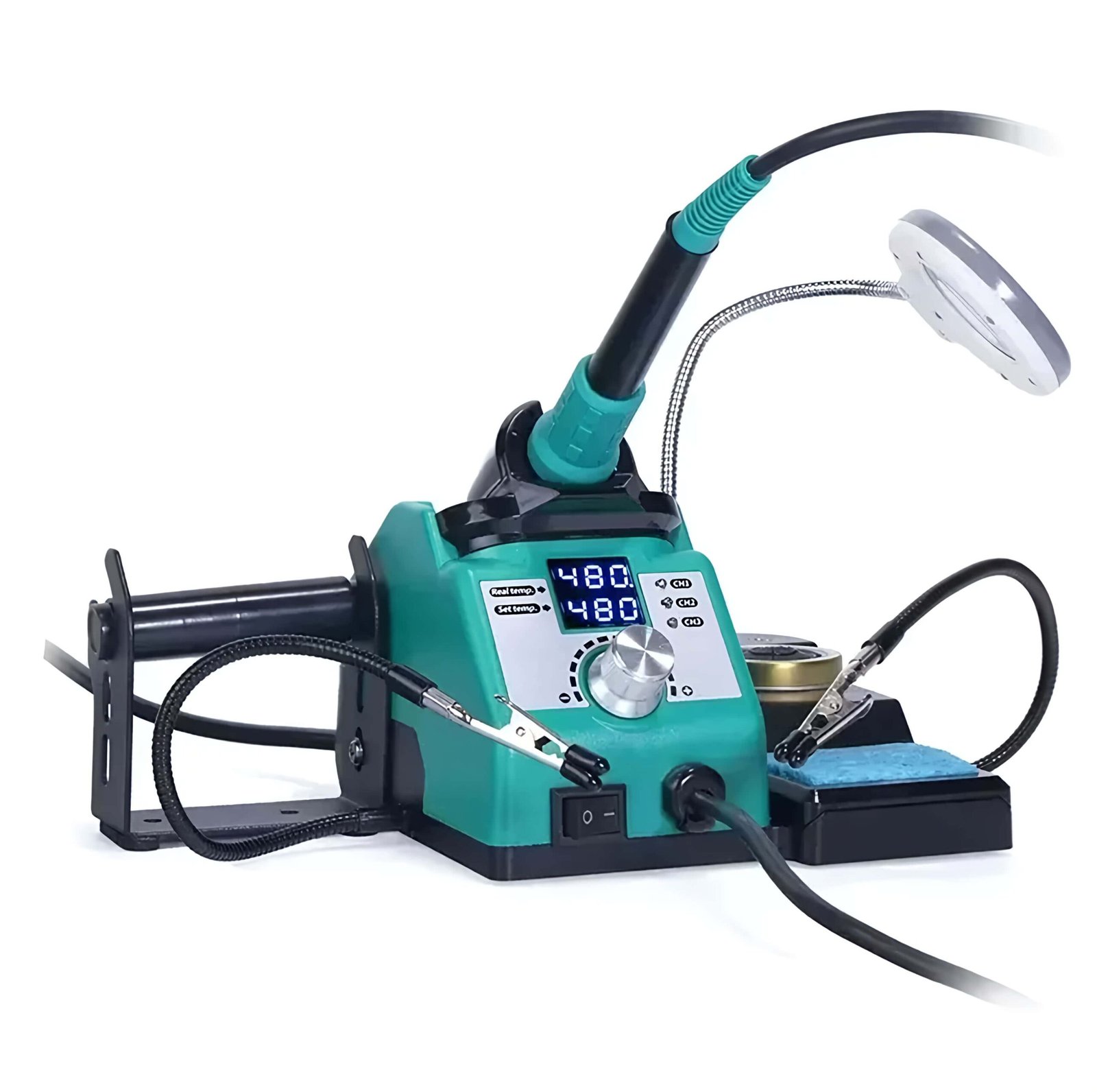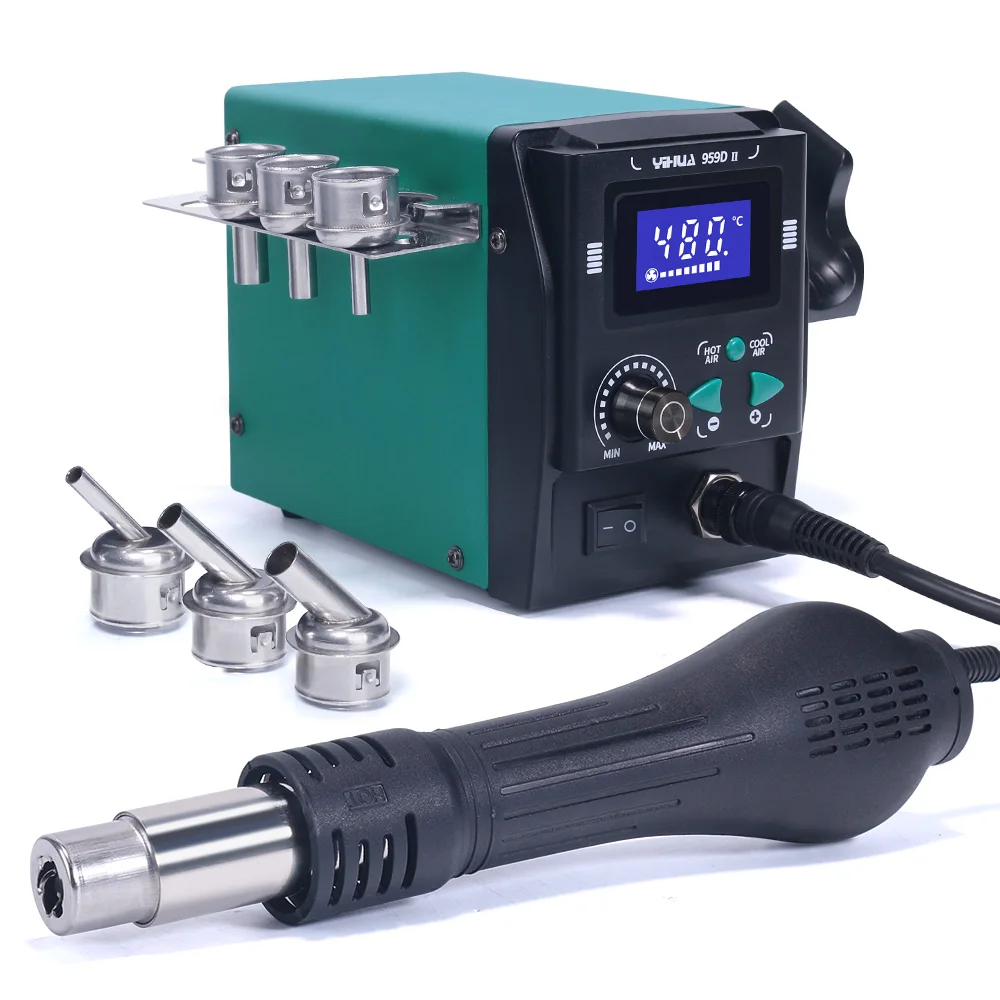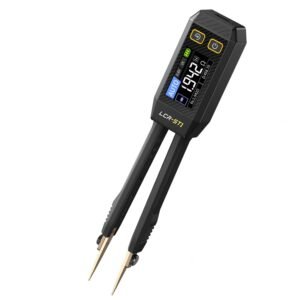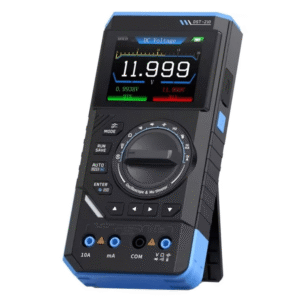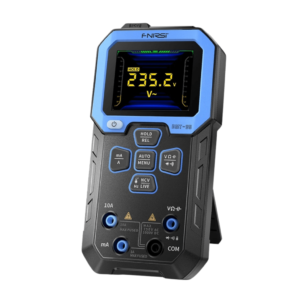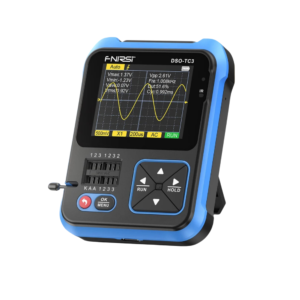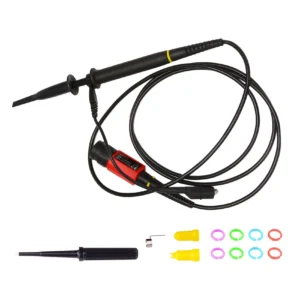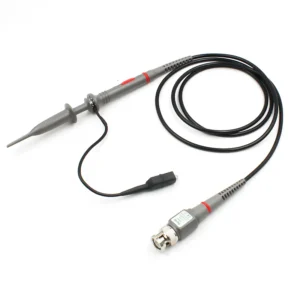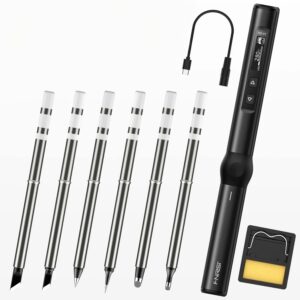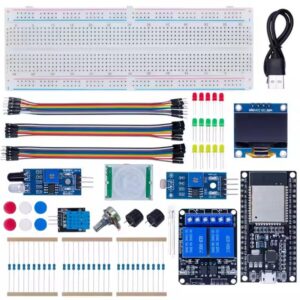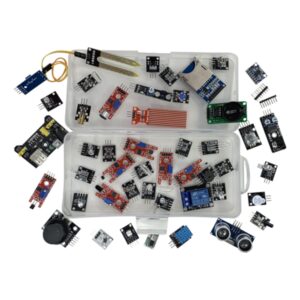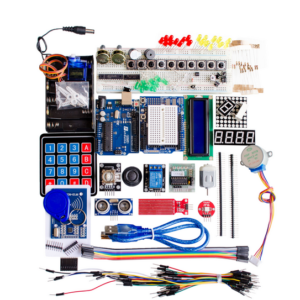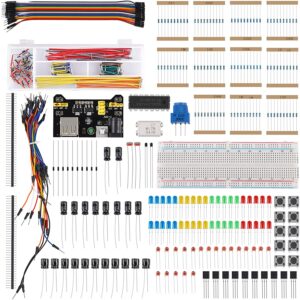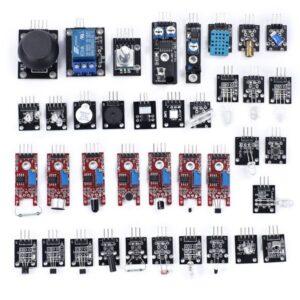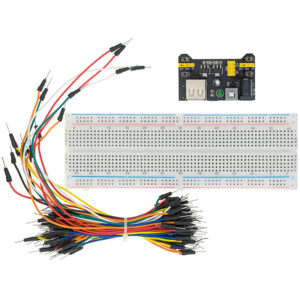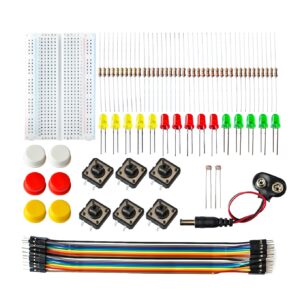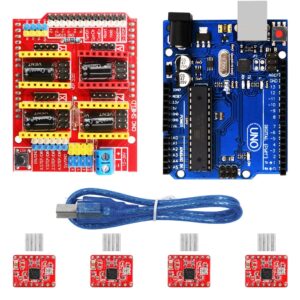Roughly 20,000 house fires each year in the United Kingdom are linked to electrical faults. This shows how important it is to know about keeping our homes safe from electrical dangers. One big culprit is the short circuit. It might seem small but can cause big problems, leading to fires or ruining appliances.
Explaining Short Circuits
Short circuits can be explained by Ohm’s Law. This law talks about the relationship between voltage, current, and resistance. When a short circuit happens, it means there’s a path with less resistance. This makes a big increase in current flow. So, short circuits are more than just a problem; they’re a big danger that can harm people or property. To stay safe, we need good electrical protection devices.
A short circuit can happen in two main ways: through the power supply or through an appliance. The power supply short circuit lets the current go straight back to its source, not through any devices. An appliance short circuit, on the other hand, happens when something stops the current from reaching the appliance. This can leave the appliance broken or unusable.
Understanding Short Circuit Basics
A short circuit is when current finds the easiest path, skipping the safe route. This can cause power supply failures or damage to appliances. Both can stop electrical systems from working right.
A power supply short circuit can happen if current flows straight from positive to negative without going through the device. An appliance short circuit occurs if something like faulty wiring makes the current miss the correct path. These situations overcharge the system, leading to parts getting damaged or failing.
When resistance drops, current increases, following Ohm’s Law. This means that it’s crucial to maintain the right resistance in wires. Also, managing voltage levels well is key to avoid harm to appliances and power issues.
Here’s an analogy to help you understand: Imagine water flowing through a hose. Normally, the water flows smoothly through a path from point A to point B. But if there’s a hole in the hose, the water leaks out, taking a shortcut. In a short circuit, the electricity is like the water, and a faulty connection creates a “hole” where the electricity bypasses its intended path.
Short circuits occur when wires or components touch each other due to faulty insulation, loose connections, or accidental contact with metal objects. This can create serious risks, which is why safety devices like fuses and circuit breakers are important—they detect and stop excess current to prevent damage or danger.
| Type of Short Circuit | Primary Cause | Impact on Circuit |
|---|---|---|
| Power Supply Short Circuit | Direct Connection between Terminals | Excessive Current, Potential Component Damage |
| Appliance Short Circuit | Unwarranted Wiring Fault | Bypassing Intended Appliance, Heightened Power Surge |
To sum up, knowing about short circuits helps in preventing and fixing them better. Good electrical designs have checks that watch over voltage and current. They act fast to stop problems that can harm wires or cause power cuts.
The Meaning of Short Circuit
In the realm of electrical protection, knowing how circuits work is essential. A short circuit happens if current finds a new path outside the normal one. This could lead to electric shock or electrocution, especially if people touch the faulty circuit.
The design of circuits aims to manage usual loads and operations. It keeps devices working safely and protects the wiring. Yet, if the circuit’s resistance changes, it can suddenly allow more current. This raises the chance of electrical hazards like fires or damaging digital data.
Acting ahead in electrical protection is crucial for dealing with high currents and short circuits. Technologies that spot and stop too much current are key. They protect against the dangers of electrocution and electric shock. It’s a blend of smart circuit design and strong electrical protection that keeps our places safe from electrical mishaps.
- Circuit design: Plans that allow for normal and off-normal electrical use.
- Abnormal current: Unexpected high electricity flow that bypasses safety measures.
- Electrical hazards: Dangers like fire, data loss, or harm from faulted circuits.
- Electric shock and electrocution: Severe injuries from direct contact with live parts.
- Electrical protection: Systems that stop unintended current flows to keep us safe.
Understanding advanced circuit design and reliable electrical protection leads to a safer place for all. It lessens the risk of a bad electric shock or electrocution accident.
Short Circuiting Demystified
Knowing about short circuits is key to keeping electrical systems safe and working well. Component failure and foreign objects are usually the main causes of trouble.
Component failure can happen when devices get old or carry too much load. This can make connections where there shouldn’t be, causing dangerous short circuits. Also, things like liquids or metal bits can sneak in, making unexpected paths for electricity to flow.
When things go wrong, a professional electrician steps in. They check the flow of electricity to find and fix problems. If lights or devices keep turning off suddenly, it might mean the circuit is overloaded. This is a sign you need expert help to prevent more damage.
Here’s a table to help understand what a technician looks at when checking for short circuit risks:
| Inspection Area | Common Issues | Action Required |
|---|---|---|
| Wiring Condition | Wear and tear, exposure by pests | Replace damaged wires |
| Component Status | Shows caused by age, signs of too much load | Repair or replace parts |
| Foreign Object Detection | Conductive stuff found | Remove anything that shouldn’t be there |
| Circuit Breaker Response | Keeps turning off | Reset, keep an eye, or change the breaker |
If you suspect a short circuit, it’s smart to call a professional electrician. They are trained to deal with issues like component failure and foreign objects. With their checks and repairs, the risk of short circuits goes down, making your home or workplace safer.
How Short Circuits Occur
A short circuit happens when electrical wiring’s safety gets broken. It might be by vermin, liquids, or old outlets. Stuff like nails in your walls can hurt wiring and cause this issue too. Plus, if there’s suddenly more power, it might lead to a short circuit. So, it’s smart to keep an eye on your wiring and make sure it’s okay.
Wire damage often creates an easier path for too much electricity to flow. This can make the wires overheat. If you see discolouration, smell something burning, or notice sparks, there’s a problem. You need to fix this quickly.
This issue can also hurt your appliances. If they’re using faulty wiring, they might stop working or even cause a fire. If you see any warning signs, cut off the power and get help from a professional.
| Indicator | Description | Immediate Action Required |
|---|---|---|
| Burning odour | Caused by overheating of insulation and wires | Turn off power, call electrician |
| Visual sparks | Result of electrical discharge due to short circuit | Discontinue use, seek professional help |
| Discolouration on outlets | Sign of persistent overheating and wire damage | Inspect circuit, replace damaged components |
| Humming sounds from panels | Indication of electrical malfunction or unstable current flow | Audit entire system, enhance safety measures |
To avoid these dangers, it’s key to check your home’s wiring regularly. Catching wire damage early and making sure everything is safe can stop a short circuit. Doing this can prevent big problems.
Short Circuit: Causes and Effects
In the world of home safety, short circuits are a big threat. They can quickly turn into a source of fire danger for homeowners. A short circuit occurs when the electric current spikes. This can overheat wires, causing sparks. These sparks might then ignite nearby flammable materials. It shows why knowing about electrical systems is so important and the need to prevent short circuits.
Ground Fault Circuit Interrupters (GFCIs) and Arc Fault Circuit Interrupters (AFCIs) play a vital role in safety. They can notice even small changes in current flow. When they detect a problem, they cut off the power super fast. This quick action helps to prevent both fires and shocks. Circuit breakers are also key to protecting homes and businesses. If there’s a sudden change in current, due to a faulty device or wiring, circuit breakers stop the flow. This helps to avoid any further damage.
Applying this knowledge means being very proactive. We should check our electrical systems regularly and act fast if we notice anything wrong. Installing GFCIs and AFCIs in our homes is crucial. Knowing how to deal with a circuit breaker that trips is important too. Being well-informed keeps our electrical setups safe for everyone. It’s the key to preventing dangerous short circuits and the harm they can cause.
FAQ
What exactly is a short circuit in an electrical system?
A short circuit is when electrical current strays from its expected path. It chooses an easier, less resistant route. This can cause accidents that need protection devices to avoid.
How can I differentiate between appliance short circuits and power supply failures?
Appliance short circuits happen when a device doesn’t get the right amount of electricity. This may be due to a fault. On the other hand, a power supply failure happens when the electricity goes in a loop without powering anything. It makes the circuit’s current spike.
Can you explain the dangers associated with a short circuit?
Short circuits can make wires overheat. They increase the chance of getting an electric shock or even being electrocuted. Quick actions and proper safety steps are essential to avoid severe harm.
What should I do if I suspect a component failure has caused a short circuit?
If you think a part failure or something foreign caused a short circuit, cut the power first. Then, call a qualified electrician right away. They will check the current flow to find the problem.
What are some common signs that a short circuit has occurred?
Look out for flickering lights, blown fuses, or circuit breaker trips. A burnt insulation smell, visible burns, or sparks are bad signs. Buzzing or crackling from outlets or appliances also means trouble.
How do electrical protection devices like GFCIs and AFCIs help in mitigating short circuit risks?
Devices such as GFCIs and AFCIs stop the electricity fast when they spot a problem. They cut off power for imbalances or arcs. This action helps keep you safe by avoiding sudden shocks or fire risks caused by short circuits.

